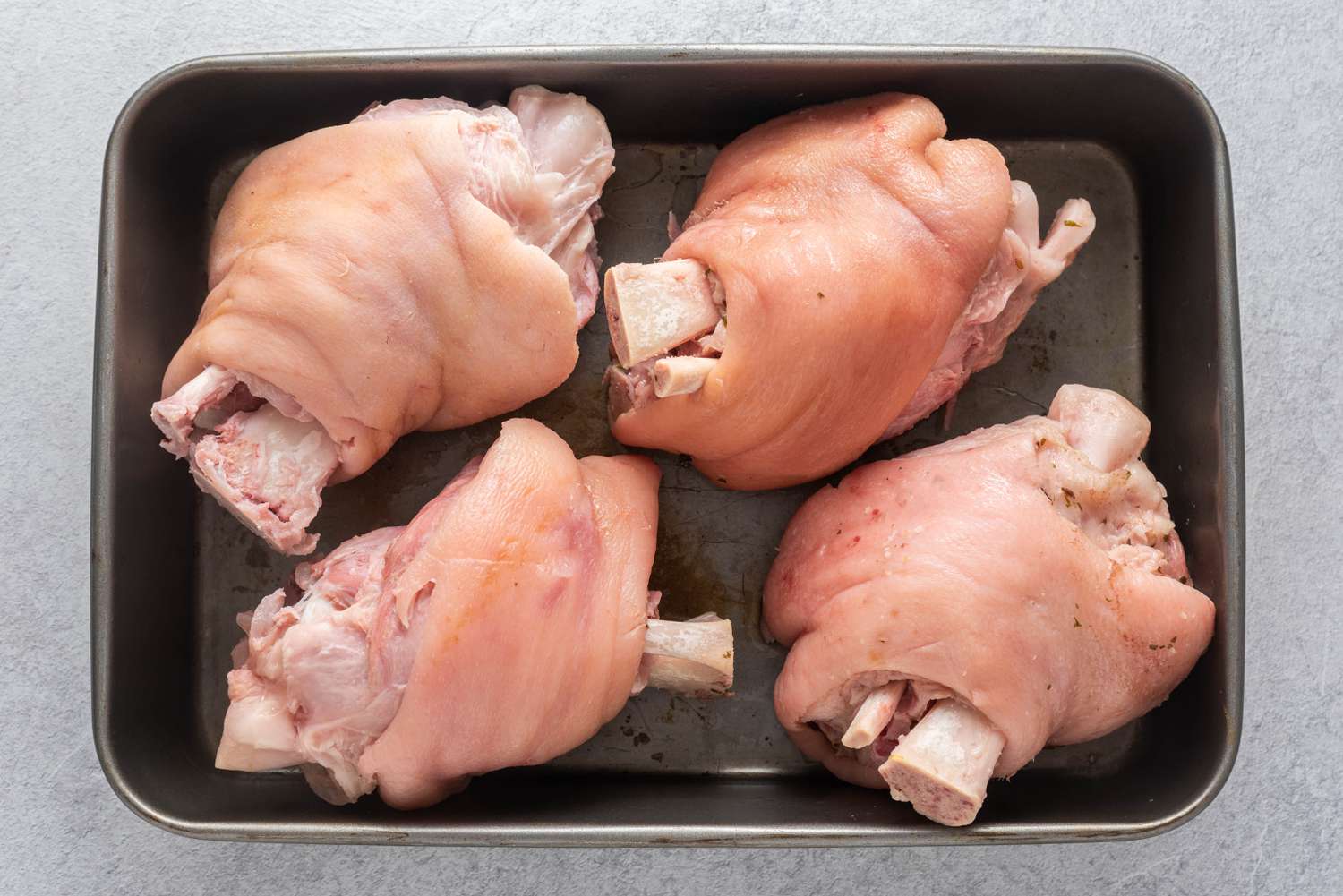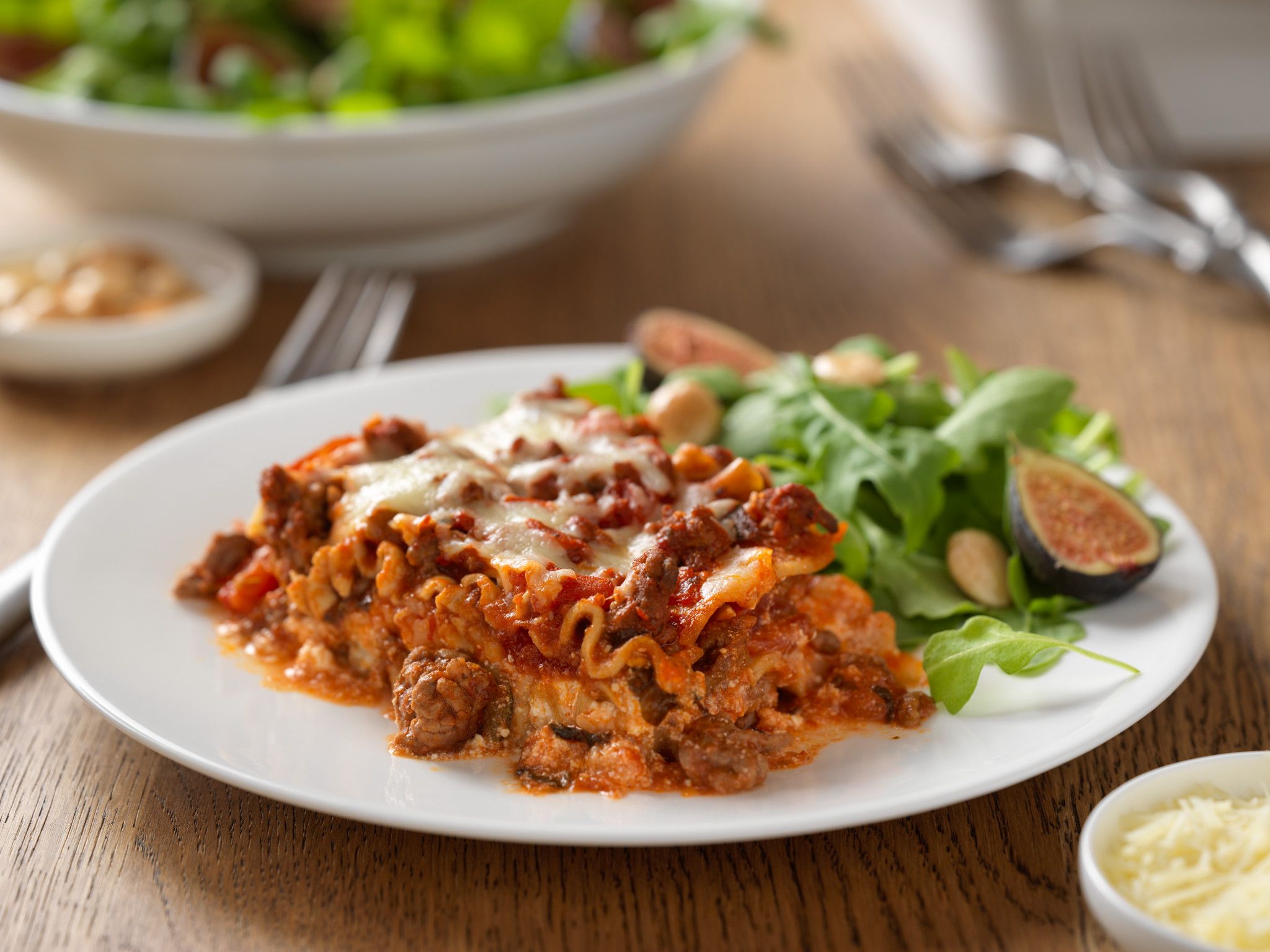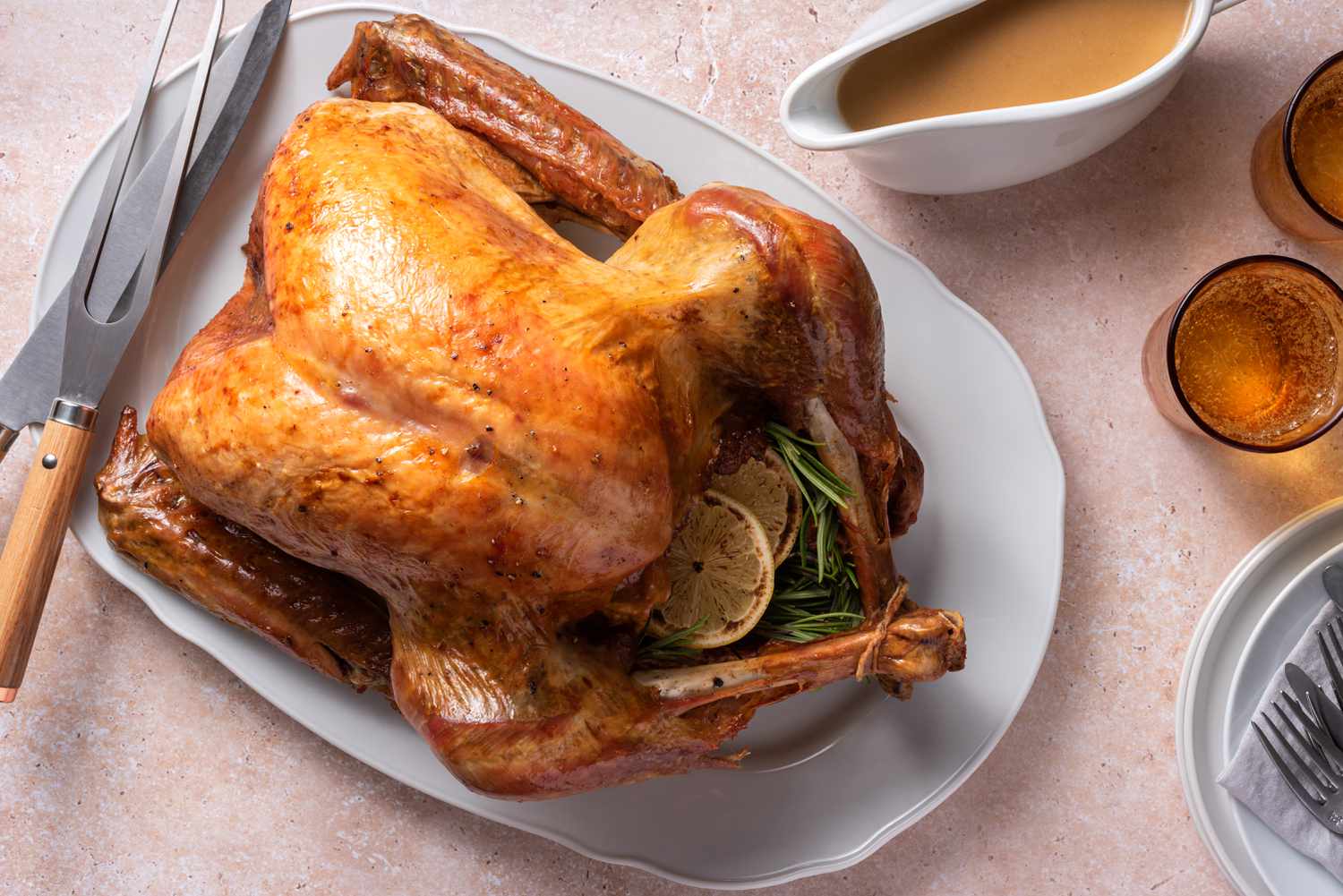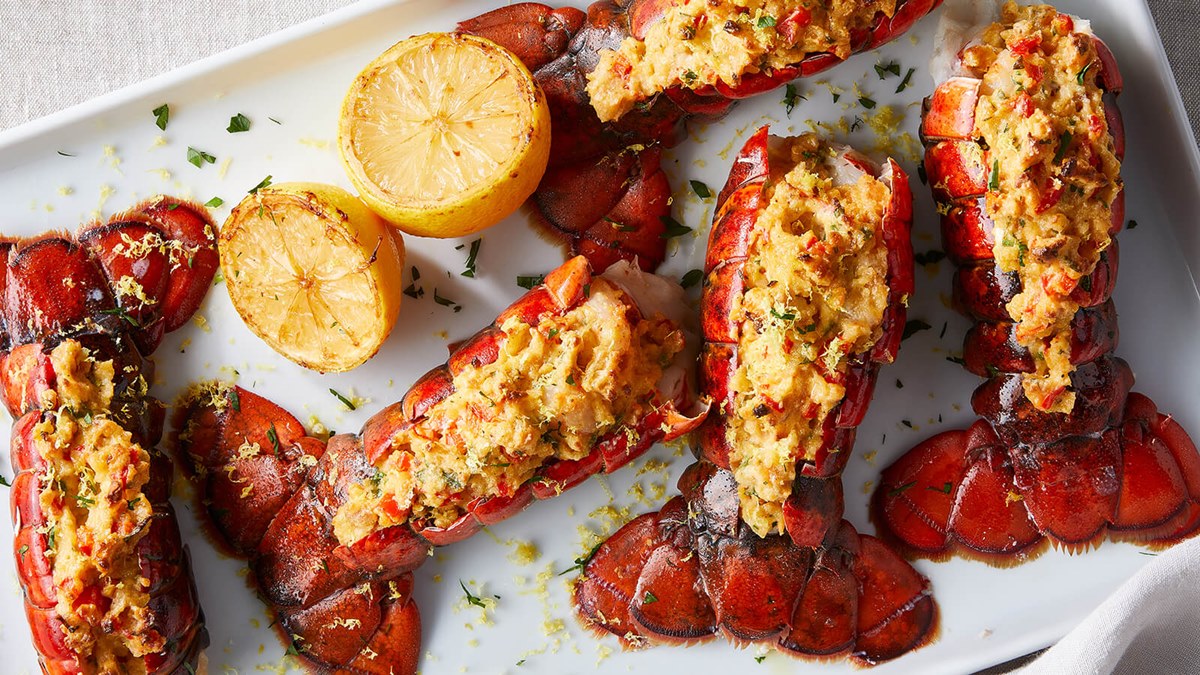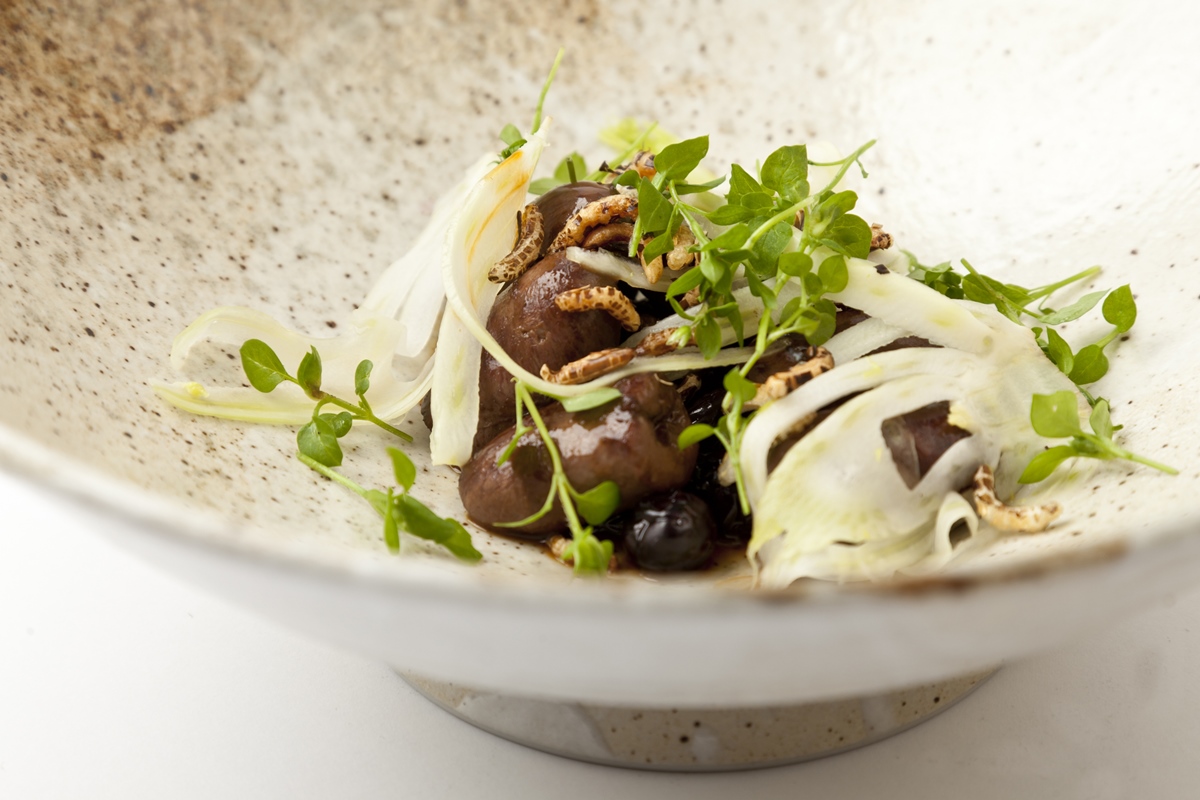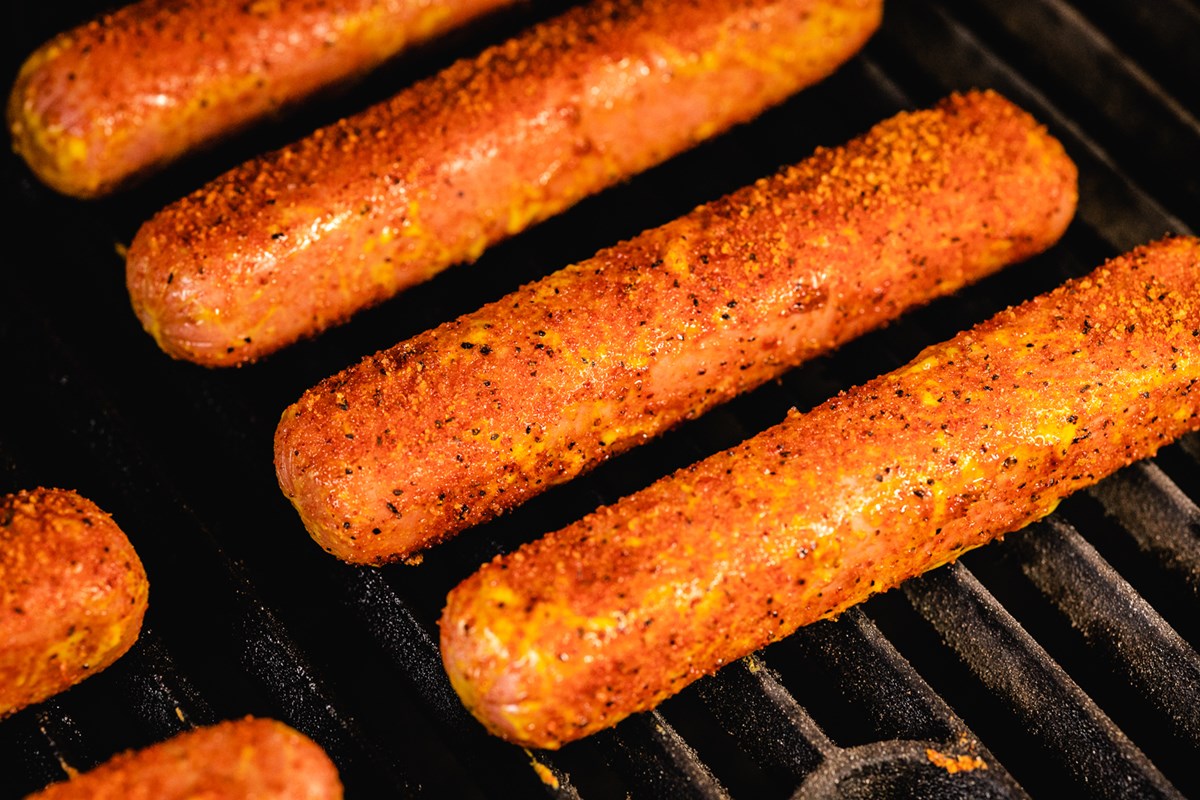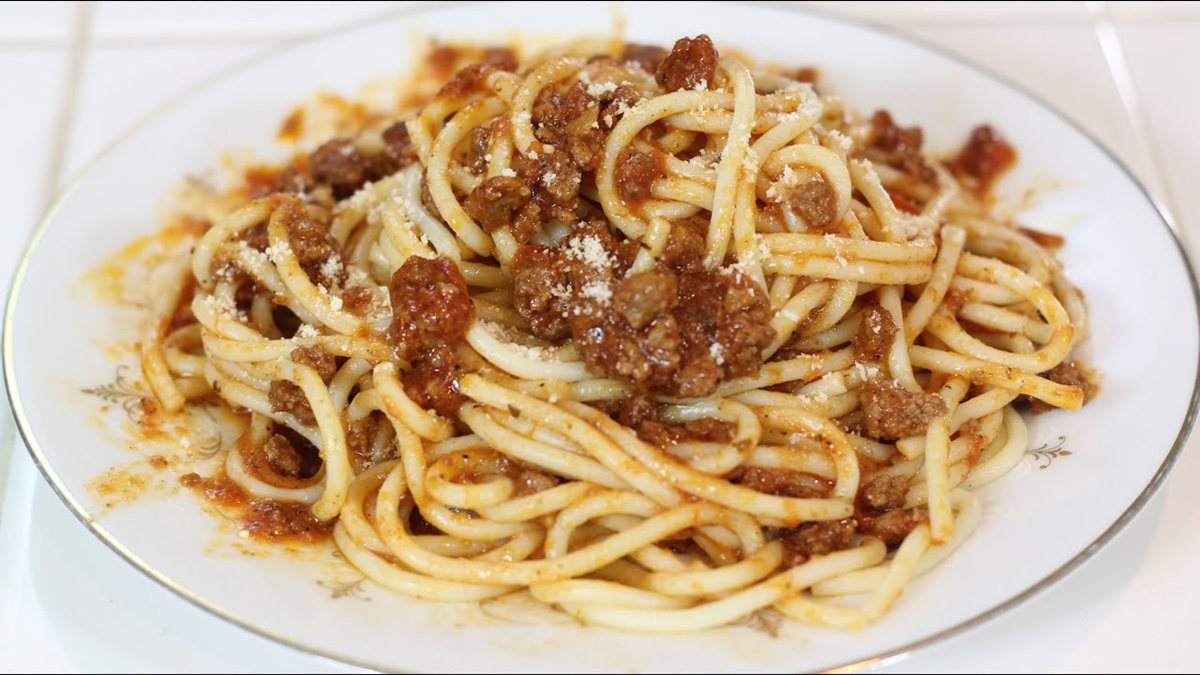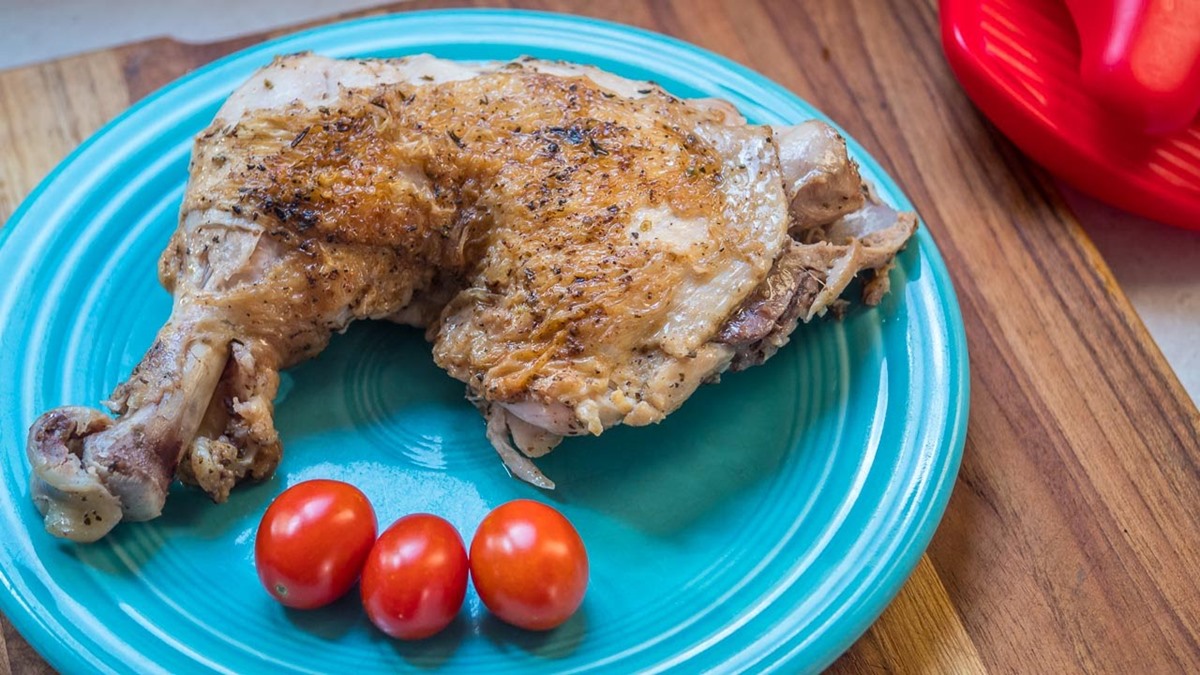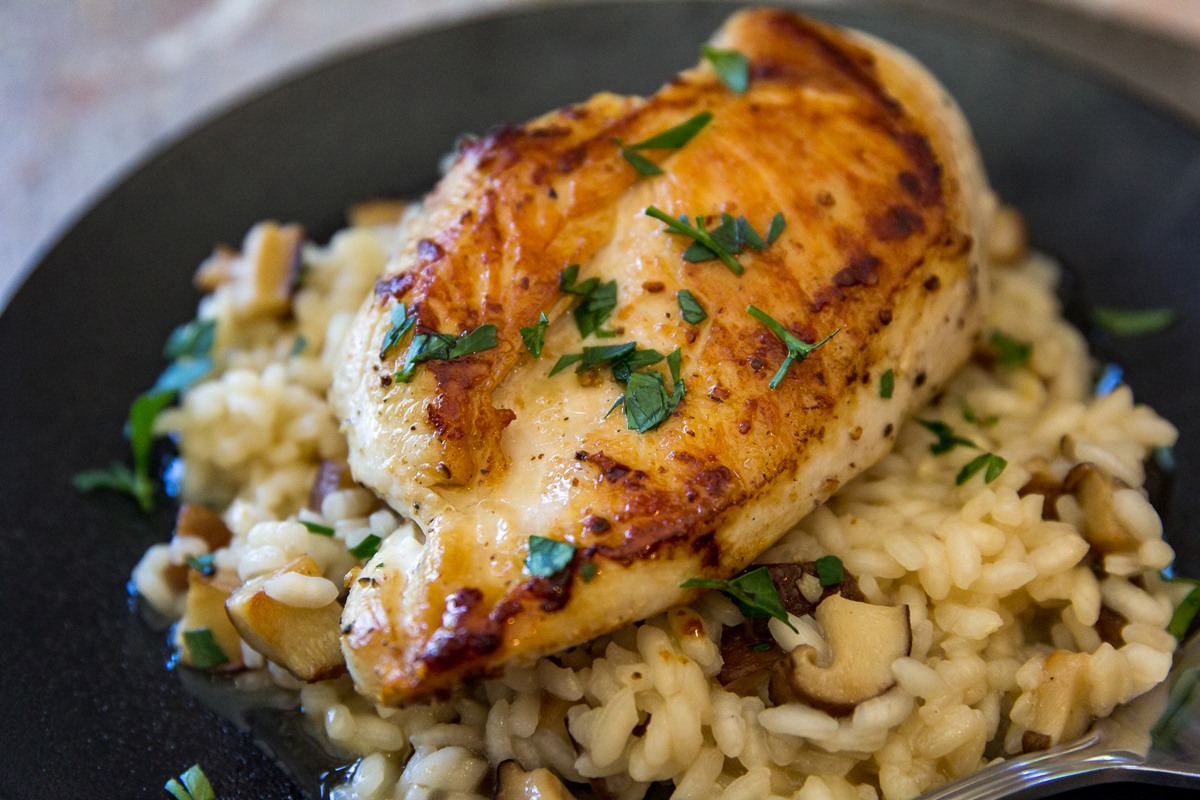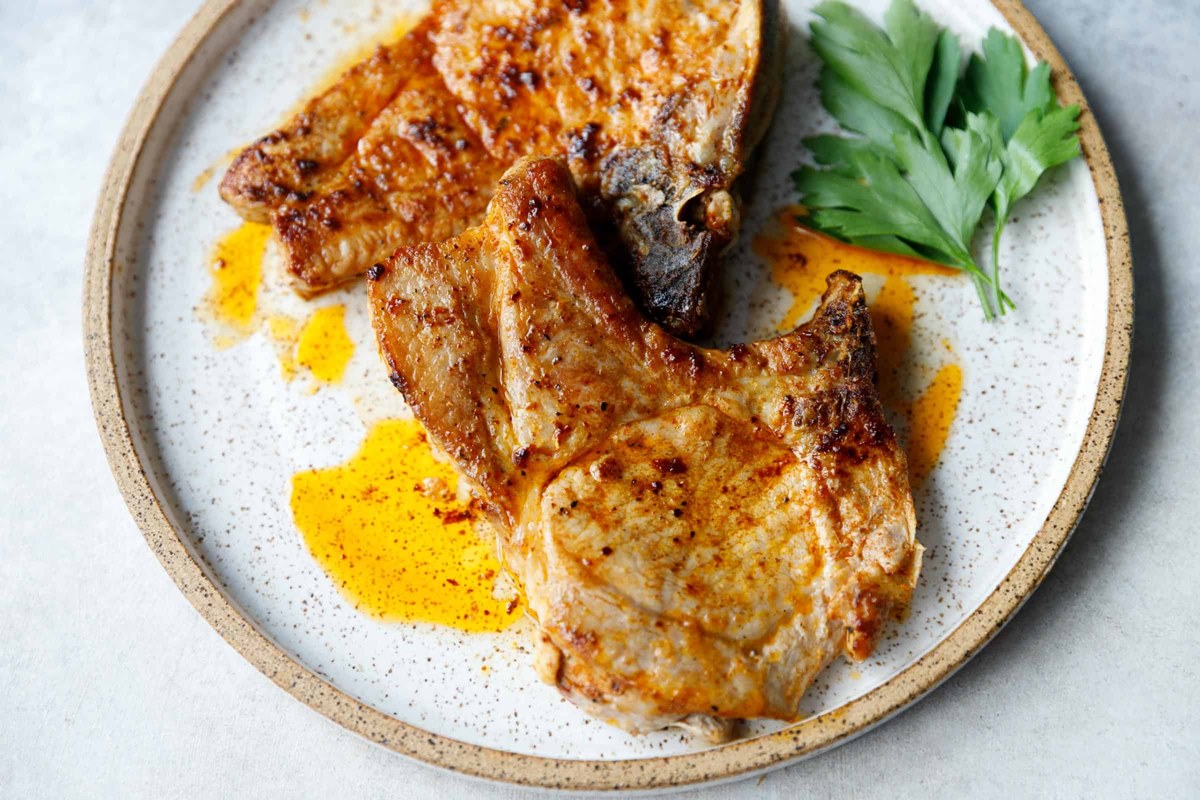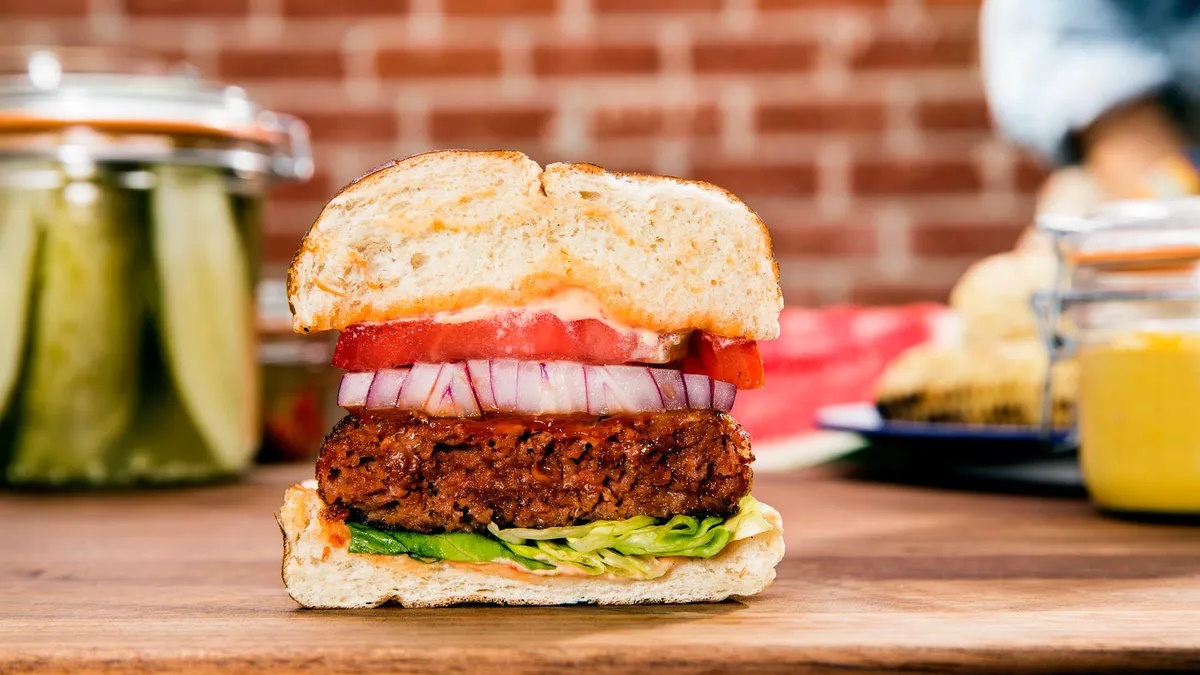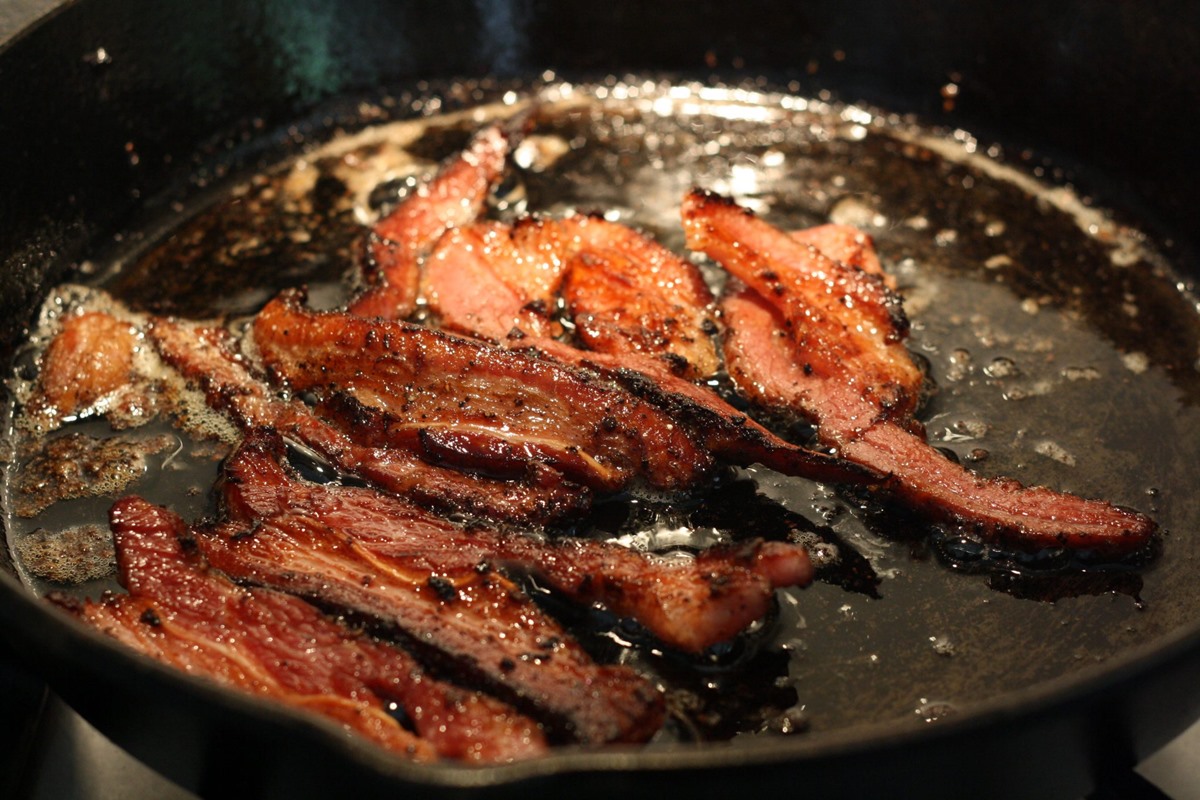Unlocking the Secrets: A Guide to Cooking Dried Scallops
Scallops, known for their delicate flavor and tender texture, are a true delight for seafood lovers. While fresh scallops are readily available, dried scallops bring a unique intensity and depth of flavor to any dish. However, many home chefs are hesitant to cook with dried scallops due to their unfamiliarity. Fear not! In this guide, we’ll walk you through the steps of cooking dried scallops to perfection.
1. Choosing the Right Dried Scallops
When it comes to selecting dried scallops, quality is key. Look for dried scallops that are plump and have a rich ivory color. Avoid scallops that appear discolored or have a strong fishy smell as these could be signs of poor quality.
2. Preparing Dried Scallops
Before diving into the cooking process, you need to rehydrate the dried scallops. Start by rinsing them under cold water to remove any impurities. Place the scallops in a bowl and cover them with water. Allow them to soak for at least 30 minutes or until they become pliable.
3. Cooking Techniques for Dried Scallops
There are various ways to incorporate dried scallops into your recipes. Here are three popular cooking techniques:
- Steaming: Place the rehydrated scallops in a heatproof dish and steam them over boiling water for about 15-20 minutes. This gentle cooking method helps preserve the scallops’ natural sweetness.
- Braising: Add the rehydrated scallops to a flavorful sauce or broth. Simmer them over low heat for 45-60 minutes until they become tender and infused with the surrounding flavors.
- Stir-Frying: Slice the rehydrated scallops thinly and stir-fry them with your choice of vegetables and seasonings. The high heat will help caramelize the scallops and create a deliciously savory dish.
4. Pairing Dried Scallops with Complementary Ingredients
It’s essential to consider the flavors that will pair well with dried scallops. Here are a few suggestions:
- Mushrooms: The earthy umami flavors of mushrooms complement the sweet and briny notes of dried scallops.
- Garlic and Ginger: Adding garlic and ginger to your dried scallop dish can lend it an aromatic kick and enhance the overall flavor profile.
- Soy Sauce and Oyster Sauce: These robust sauces bring out the natural umami flavors of dried scallops and add depth to your dish.
5. Try These Creative Recipes
Now that you have mastered the art of cooking dried scallops, it’s time to explore some exciting recipes:
- Scallop and Mushroom Stir-Fry: Sauté thinly sliced rehydrated scallops with mushrooms, garlic, and ginger. Finish with a splash of soy sauce for a delightful Asian-inspired dish.
- Braised Dried Scallops with Broccoli: Simmer rehydrated scallops with broccoli in a savory broth until tender. Serve over steamed rice for a comforting and nutritious meal.
- Scallop and Pea Risotto: Prepare a creamy risotto and fold in diced rehydrated scallops and sweet green peas. The combination of flavors will make this dish a family favorite.
Final Thoughts
Now that you have learned the art of cooking dried scallops, you can impress your friends and family with your culinary skills. Whether you choose to steam, braise, or stir-fry, the intense flavor of dried scallops will elevate any dish to new heights. Don’t be afraid to experiment and discover your favorite way to enjoy these oceanic gems. Soak, cook, and savor the deliciousness of dried scallops!
Explore More Recipes and Ways to Use Dried Scallops
As you've now mastered the art of cooking dried scallops, it's time to bring this skill into a variety of delightful dishes. From simple starters to hearty main courses, the versatility of dried scallops can be showcased in recipes like Dried Scallop and Mushroom Congee and Braised Dried Scallops with Broccoli. I particularly recommend trying the Dried Scallop Fried Rice for a quick and satisfying meal, or the Steamed Dried Scallops with Glass Noodles for a lighter option. Each recipe allows you to practice and perfect your techniques, providing delicious ways to impress at your next meal.
